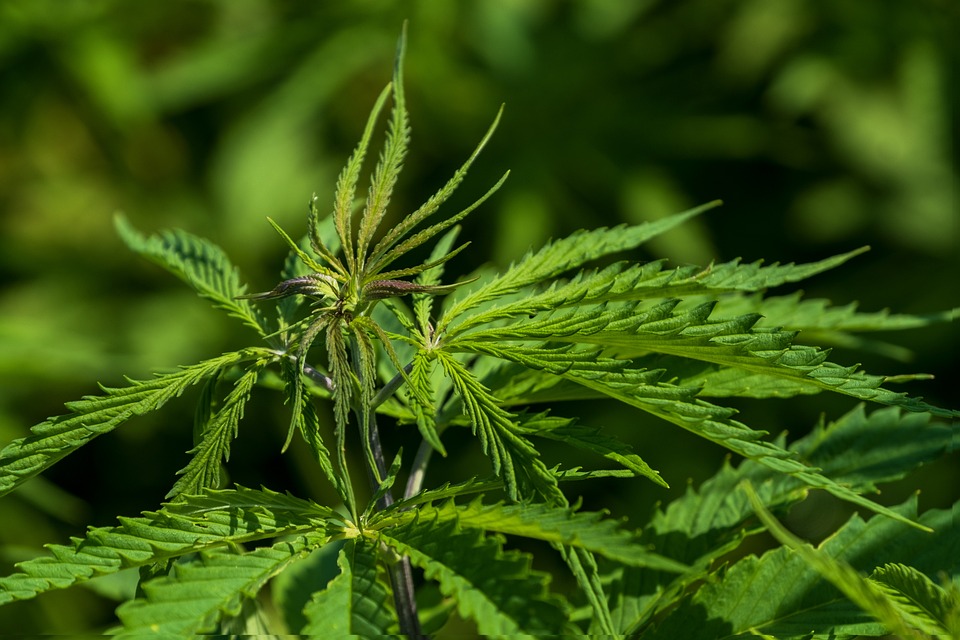Introduction
Hemp is a versatile and profitable crop that has been gaining popularity in recent years. With the increasing demand for hemp-based products such as CBD oil, textiles, and paper, cultivating hemp can be a lucrative venture for farmers. In this guide, we will provide you with all the information you need to successfully grow hemp.
Benefits of Growing Hemp
There are several benefits to growing hemp. Hemp is a sustainable crop that requires minimal water and pesticides to grow. It can also help improve soil health and reduce carbon emissions. Additionally, hemp can be used to produce a wide range of products, making it a versatile and profitable crop for farmers.
Choosing the Right Variety
Before you start growing hemp, it’s important to choose the right variety for your climate and soil type. There are three main types of hemp: fiber hemp, seed hemp, and high-CBD hemp. Each type has its own requirements and uses, so be sure to research which variety is best suited for your needs.
Preparing the Soil
Hemp thrives in well-drained, fertile soil with a pH level between 6.0 and 7.5. Before planting hemp, make sure to test your soil and amend it as needed. Hemp also requires adequate sunlight, so be sure to choose a location with full sun exposure for your hemp crop.
Planting and Caring for Hemp
Hemp is typically planted in the spring after the last frost date. Plant hemp seeds or seedlings in rows with plenty of space between plants to allow for adequate airflow. Hemp requires regular watering, especially during the germination and early growth stages. Be sure to monitor your crop for pests and diseases and take appropriate measures to protect your plants.
Harvesting and Processing
Hemp is typically ready for harvest 90-120 days after planting. Harvesting hemp involves cutting the stalks and allowing them to dry in the field for several days. Once dried, the hemp can be processed into fiber, seeds, or CBD oil. Be sure to check local regulations for hemp harvesting and processing requirements.
Conclusion
Growing hemp can be a rewarding and profitable venture for farmers. By choosing the right variety, preparing your soil, planting and caring for your crop, and harvesting and processing your hemp properly, you can successfully cultivate this versatile crop. With the increasing demand for hemp-based products, now is a great time to start growing hemp.
FAQs
Q: Is it legal to grow hemp?
A: Yes, hemp cultivation is legal in most states as long as the THC content is below 0.3%. Be sure to check local regulations before starting your hemp farm.
Q: How much water does hemp need?
A: Hemp requires about 20-30 inches of water throughout the growing season. Be sure to monitor soil moisture levels and irrigate as needed.
Q: Can hemp be grown organically?
A: Yes, hemp can be grown organically using natural fertilizers and pest control methods. Be sure to follow organic farming practices to maintain the integrity of your crop.

